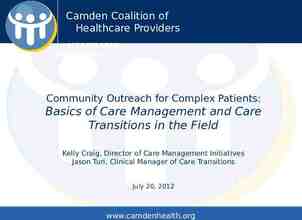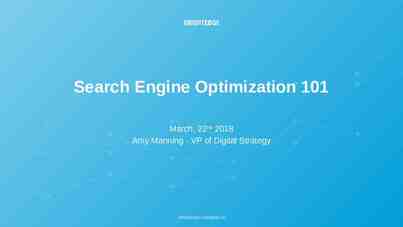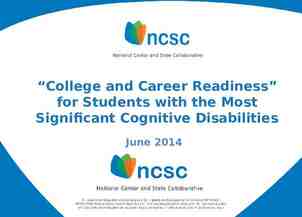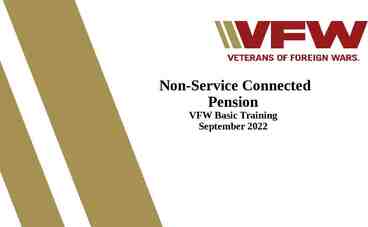GE347 – Group Dynamics WEEK 1: INTRODUCTION TO GROUPS AND TEAMS MR.
11 Slides1.71 MB

GE347 – Group Dynamics WEEK 1: INTRODUCTION TO GROUPS AND TEAMS MR. O’LEARY: DO [email protected] HTTP://WWW.MROLEARYSCLASSROOM.COM

GE 347 Week 1 Objectives Define “Small Group Communication” Distinguish between groups and teams Discuss characteristics of effective teams Identify advantages and disadvantages of working in groups and teams Distinguish between primary and secondary groups Define “Virtual Communication”

1) Communication : the process of acting on information 2) 3-12 people : the minimum and maximum optimal group sizes 3) Share a common goal: A consistent motive or agenda for participation 4) Identify with the group: Individuals believe themselves to be a member of the group 5) Exert Influence: The essence of “leadership” – influencing the actions of others Q: What is Small Group Communication? A: Communication between 3-12 people who share a common goal, identify with the group, and exert influence on each other.

What’s the difference between Groups and Teams? Groups Goals are not consistent or clear Roles and responsibilities not defined Rules and expectations not clear Collaboration not guaranteed; 1-2 members may do bulk of work Teams Goals are clear and consistent Roles and responsibilities clearly defined Rules and expectations are clear Members collaborate and divide labor to achieve goal

Characteristics of Effective Teams A clear and elevating Collaborative climate goal (something worth working for) A results-driven structure (contributing to the bottom line) Competent team members (members are skilled and qualified to perform tasks assigned to them) Unified Commitment (All for one, one for all) (not a competitive one) Standards of excellence (defines what is acceptable and unacceptable in terms of quality) External support and recognition (Bosses, managers, coaches, etc) Principled Leadership (all teams need leaders)

Characteristics of Effective Team Members Experience (nothing can substitute for this, especially in technical fields) Problem-Solving Ability (it’s a common reason groups/teams are put together in the first place) Openness (to ideas, to others, to things “new” and “different”) Supportiveness (willingness to help others, listen to others, be optimistic about others) Action oriented (It’s not what you know, it’s what you can DO) Positive Personal Style (Motivated, friendly, patient, enthusiastic)

What are ways to enhance team effectiveness? Clarify rules and Identify barriers (there expectations (teams without them may succeed, but it will always take longer and cause more conflict). Learn team members strengths and weaknesses (so that tasks and roles can be properly assigned to team members). will always be obstacles, but you can plan ahead for them). Develop a plan and put it into action (All teams need “playbooks” or everyone does what they want to, not what they need to). Evaluate team procedures (to fix what needs fixing).

Pros/Cons of Working in Groups/Teams Advantages Disadvantages Teams have more information that individuals Teams stimulate creativity Teams remember what they discuss Teams are more satisfied with decision making Members learn more about themselves Members may conform to majority opinion (Groupthink) Individuals may dominate group Individuals may rely too much on others Takes more time and (otherwise an individual could just do it!)

When shouldn’t you collaborate? When there’s limited time When an expert has the answer If an answer is available from research sources When conflict becomes unmanageable

2 Types of Groups Primary Groups Exist to fulfill basic human need to socialize: Family Friends Peers Church/Temple/ Mosque Secondary Groups Exist to accomplish task or achieve goal: Problem Solving groups Decision making groups Study groups Therapy groups Committees Quality Circles Focus Groups

What is Virtual Communication? Communication among people who are not in the same time or place Facilitated by technology: Telephone Conferences Email Video Conferences Electronic Meeting Systems






